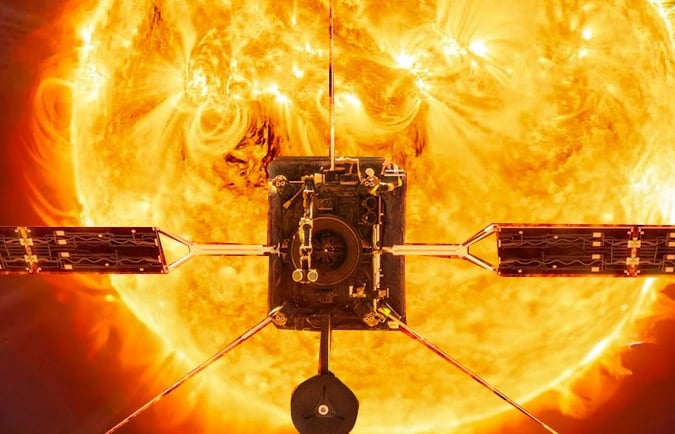Aditya L1: India's Groundbreaking Mission to Study the Sun


Introduction to Aditya L1
Aditya L1 marks a significant milestone in India's space exploration journey, as it is the first mission specifically designed to observe and study the Sun. With advancements in technology and an increasing interest in solar phenomena, this spacecraft will enhance our understanding of the solar dynamics that influence not only our solar system but also space weather patterns that can affect life on Earth.
Understanding the Mission's Objectives
The primary goal of the Aditya L1 mission is to gather comprehensive data regarding the photosphere, chromosphere, and the outermost layers of the Sun. The spacecraft is equipped with seven distinct payloads that employ electromagnetic detectors to capture various solar activities. These include solar flares, Sunspots, and other phenomena affecting the solar atmosphere. By observing these aspects, scientists aim to gain insights into the Sun's magnetic field and its effects on space weather.
Strategic Orbit: The Halo Around Lagrange Point 1
One of the most notable features of the Aditya L1 mission is its intended placement in a halo orbit around the Lagrange Point 1 (L1). Positioned approximately 1.5 million kilometers away from Earth, the L1 point offers an unobstructed view of the Sun, enabling continuous observation without the interruptions caused by eclipses or occultations. This strategic positioning is crucial for timely data collection and real-time monitoring of solar activities.
The advantages of being stationed in this halo orbit enhance the potential for groundbreaking discoveries about solar behavior. Researchers will have access to continuous data that can significantly contribute to our understanding of solar wind and other solar conditions that affect our planet's atmosphere. This will ultimately lead to improved forecasts regarding space weather, providing crucial information that can impact communications, satellites, and power grids on Earth.
Significance of Solar Research
Research on the Sun is of paramount importance, as it plays a vital role in the broader understanding of astrophysical processes and their implications on Earth. The insights gained from Aditya L1 are expected to act as a foundation for future research, prompting further investigations into stellar phenomena across the universe. Moreover, the findings from this mission can help develop better predictive models for solar activity, enhancing preparedness for adverse impacts on technology and infrastructure.
Conclusion
As Aditya L1 embarks on its journey, it represents not just a technological achievement for India but also a commitment to expanding human knowledge about the Sun and its behavior. The continuous monitoring and data collection from this mission will play a crucial role in solar physics, providing a wealth of information that may unlock some of the Sun's deepest secrets. The implications of this research could reach far beyond our solar system, shaping our understanding of the cosmos and its phenomena for years to come.
